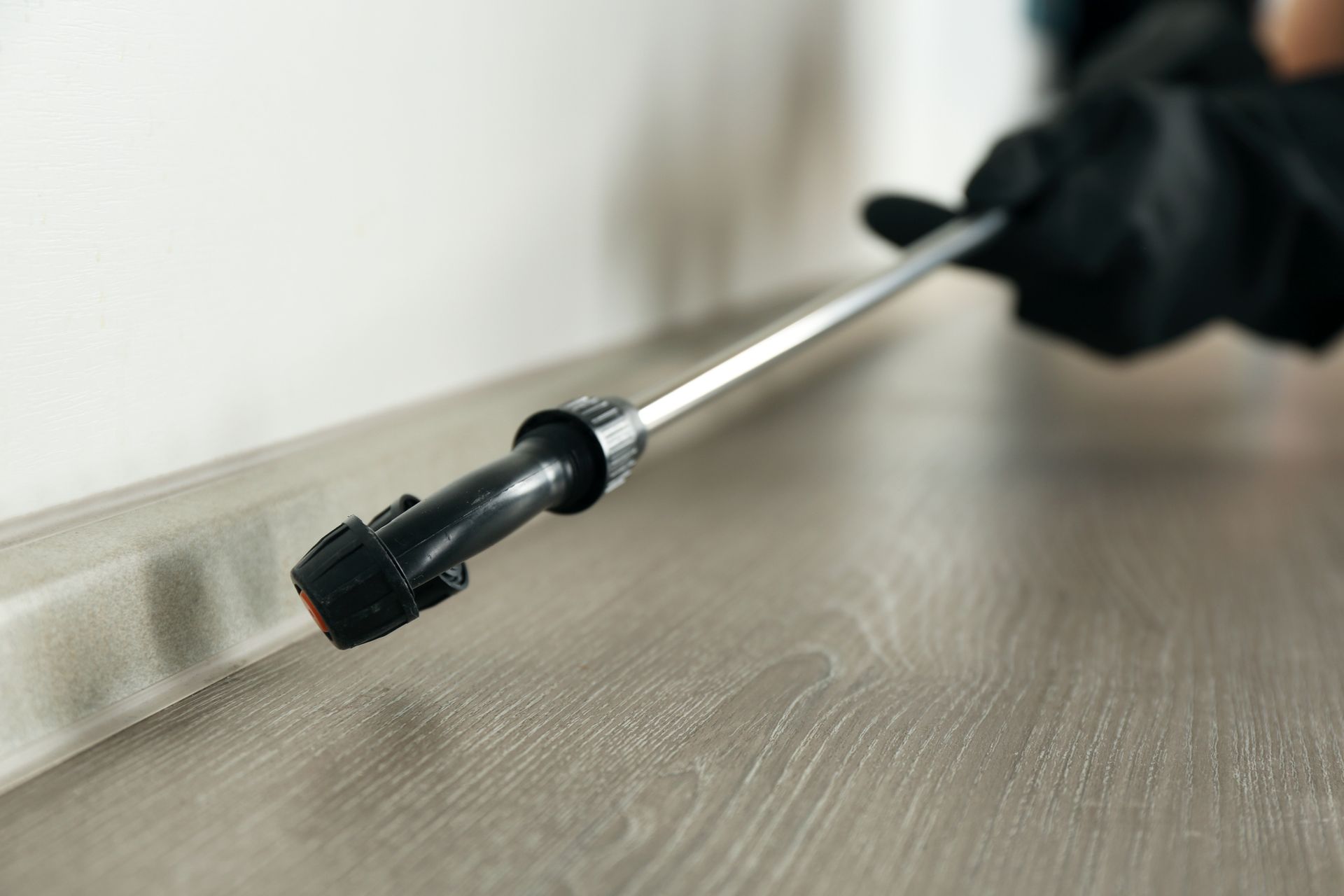6 Pests That Can Destroy Your Clothing
1. Moths
Moths may top many people's lists of clothing-consuming pests, and not without reason. Two notable examples include webbing clothes moths and case-bearing clothes moths, both of which can do permanent damage to organic materials.
Adult webbing clothes moths don't actually cut or chew clothing, although they may stain it. The real danger comes from their larvae. These immature moths will eat mohair, cashmere, or wool. The fact that webbing clothes moths can lay hundreds of eggs at a time, with multiple generations per year, makes clothing damage that much more likely.
Case-bearing clothes moths may not look like moths at first glance. In most cases, you won't even see the tiny adults; instead, you'll find multiple hard-shelled larvae that look more like worms. Like webbing clothes moth larvae, case-bearing moth larvae pose the actual threat to your clothes, eating everything from fur to flannel.
2. Firebrats and Silverfish
These two creatures bear both a family relationship and a close resemblance to each other. Firebrats will eat a wide range of organic materials, including wood, paper, sugars, starches, flour, wallpaper paste, and mold. They will also eat textiles such as cotton, rayon, and linen, as well as any stains on those materials.
Silverfish show less interest in clothing fibers than in the edible organic materials that they may contain. If you starch your shirts, for instance, you may find that silverfish attracted to the starch may have damaged the cloth of the shirts. They can also damage silk, rayon, and other fabrics by eating away at sugary beverage stains.
3. Termites
Termites have a reputation for voraciously eating their way through wood, leaving burrows that weaken roof beams and other critical load-bearing home structures. The fact that they also eat paper illustrates that any plant matter containing cellulose may prove fair game for these pests, including natural clothing fibers.
Cotton and linen contain the same cellulose as many other plant-derived products. Termites may discover and consume clothing made from these substances after burrowing through the wood of your closet or bureau. If you see termites in these areas, you probably have a whole-house infestation that needs professional evaluation.
4. Carpet Beetles
Carpet beetles belong to another category of pests whose larvae (as opposed to the adults) commonly damage clothing. These beetles get their name from the fact that they most often reside on fabrics, although they can also live in air conditioning ducts and other dark, convenient hiding places, including closets.
Carpet beetles can lay up to four generations of tiny white eggs per year. These eggs may hatch in less than two weeks, leaving your closet filled with hungry larvae that eat feathers, fur, mohair, wool, and other clothing materials.
Regular vacuuming can help you control your carpet beetle problem by removing eggs and larvae from the premises. You can freeze, heat, wash, or dry-clean clothes to rid them of these pests.
5. Crickets
Unlike some other pests, crickets don't primarily concern themselves with feasting on clothing fibers. However, they can still damage clothes in their efforts to consume other substances left on the clothes, such as sweat, drink, or food stains. As they gnaw away at the stain remnants, they may cut or fray the threads of the cloth.
Cricket excrement adds insult to injury. Even if your invading crickets have not chewed holes in your clothes, they may have left unsightly stains that force you to launder a garment from your wardrobe before you can actually wear it. Ask your pest control expert for guidance on how to remove and prevent cricket infestations.
6. Cockroaches
Cockroaches will devour a wide range of organic materials, including clothing fibers. Laundry starches, food or beverage stains, or perspiration may attract cockroaches just as they attract crickets. The cockroaches can make holes in your garments as they try to ingest these substances.
While many common household pests limit their potential harm to clothing or other materials, cockroaches also present a threat to human health. These creatures travel through a variety of unsanitary environments, picking up bacteria and other disease microorganisms along the way and then transferring them to your possessions.
If cockroaches have invaded your home, you must figure out where they have come from and prevent further entry. Repair any plumbing leaks, seal up tiny gaps surrounding electrical conduits, and upgrade door or window weatherstripping. Clean up food spills immediately and secure your groceries in pest-proof containers.
If your best home prevention strategies can't keep your clothes safe against household pests, ask Paffy's Pest Control for assistance. Our knowledgeable experts can evaluate your situation, administer the necessary treatments, and provide valuable advice. Contact us today to schedule pest control services.















